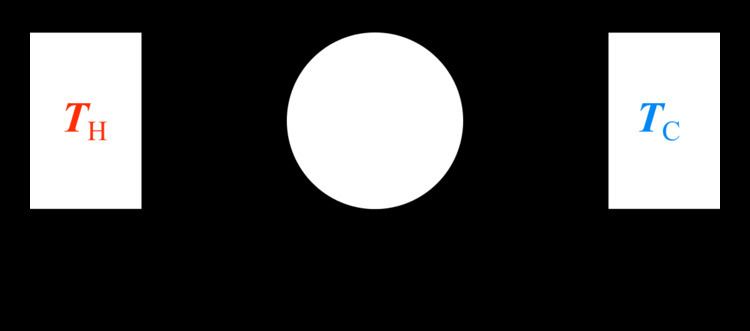 | ||
This Timeline of heat engine technology describes how heat engines have been known since antiquity but have been made into increasingly useful devices since the 17th century as a better understanding of the processes involved was gained. They continue to be developed today.
Contents
- Pre Seventeenth century
- Seventeenth century
- Eighteenth century
- Nineteenth century
- Twentieth century
- Twenty first century
- References
In engineering and thermodynamics, a heat engine performs the conversion of heat energy to mechanical work by exploiting the temperature gradient between a hot "source" and a cold "sink". Heat is transferred to the sink from the source, and in this process some of the heat is converted into work.
A heat pump is a heat engine run in reverse. Work is used to create a heat differential. The timeline includes devices classed as both engines and pumps, as well as identifying significant leaps in human understanding.
